2012 Buick LaCrosse with eAssist: First Drive

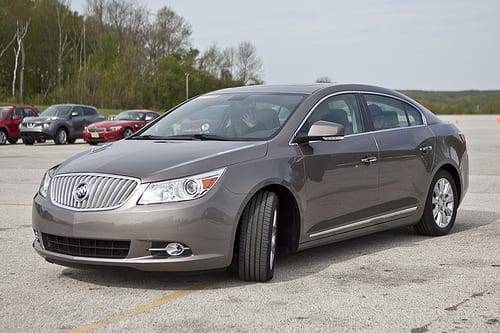
The 2012 Buick LaCrosse will be the first model to receive GM’s eAssist mild-hybrid system, a new take on a design used in past cars like the Chevrolet Malibu Hybrid and Green Line versions of the Saturn Aura and Vue. Regrettably, those cars delivered maximum public-relations pain for their mileage gain: They failed to provide the efficiency of the day’s full hybrids, and critics thought GM was disingenuous to use the hybrid term. The newly named eAssist boasts up to 25% better mileage than the current four-cylinder LaCrosse, and it drives well, too.
GM’s estimated mileage for the eAssist LaCrosse is 25/37 mpg city/highway, compared with the 2011 LaCrosse four-cylinder’s 19/30 mpg. For the 2012 model year, the eAssist version will become the car’s standard drivetrain, supplanting the gas-only four-cylinder. Buick says the car will cost roughly $30,000, almost $3,000 more than the 2011’s starting price. Along with the drivetrain comes low-rolling-resistance tires, underbody aerodynamic treatments and automated grille shutters that close at higher speeds to improve aerodynamics.
&&&&&EMBEDDED_ELEMENT_START&&&&& {“id”:1420668787047,”originalName”:”2015_03_04_17_15_27_188_http___farm6_static_flickr_com_5302_5791043613_59bf7c0512_jpg”,”name”:”MMS ID 77273 (created by CM Utility)”,”URI”:”/52/617154058-1425510927252.”,”createDate”:”2015-03-04 05:15:27″,”metadata”:{“AUTHOR”:”automatic-content-migration”,”KEYWORDS”:””},”href”:”https://www.cstatic-images.com/stock/1170×1170/52/617154058-1425510927252.”,”description”:”Came from http://farm6.static.flickr.com/5302/5791043613_59bf7c0512.jpg”,”externalid”:”77273″,”updatedby”:”cmuadmin”,”updateddate”:1425512105596,”associations”:{}} &&&&&EMBEDDED_ELEMENT_END&&&&&
Technically, eAssist is a gas-electric hybrid design, similar in principle to Honda’s Integrated Motor Assist, but it doesn’t go as far. Rather than a large motor on the crankshaft, eAssist simply replaces the 2.4-liter four-cylinder gas engine’s alternator with a single motor/generator that’s more robust than a typical alternator but not as powerful as a traditional hybrid’s drive motor. As in the previous iteration, it connects to the crankshaft like a regular alternator, via a belt, which gave the system its engineering name: belt alternator starter, or BAS.
The conventional starter motor is retained, but the motor/generator is responsible for restarting the engine more seamlessly after it turns off, which it does whenever the car comes to a complete stop. The motor/generator also provides 15 horsepower of assist when accelerating and 15 kilowatts of regeneration when coasting and braking. Putting energy back into the lithium-ion battery pack for reuse is one of the fundamentals of hybrid efficiency. The previous BAS provided less than 3 hp and 5 kilowatts of regeneration and used a lower-voltage nickel-metal-hydride battery. The new pack more than doubles the power to 115 volts.
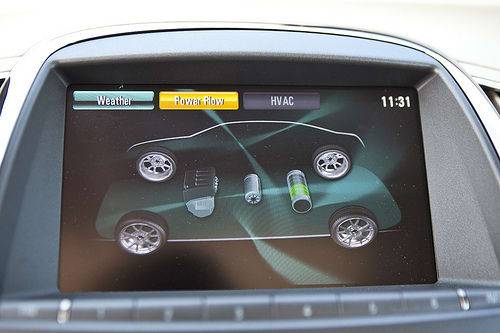
The LaCrosse with eAssist I drove accelerated confidently and smoothly, and, more important, it braked smoothly, too. The brakes didn’t feel like the regenerative braking in normal hybrids; they were more natural, and the linearity was good. Frankly, we’re leery of the light-electrification movement partly because it compromises the braking feel in some of BMW’s “Efficient Dynamics” cars. In that system, the alternator is on a clutch that brings it in and out of the equation. Because the eAssist component is also a motor, Buick says, it’s actually used to smooth the six-speed automatic transmission’s shifts.
It also allows the fuel injectors to shut off all the way down to a stop, whereas normal cars typically feed fuel when decelerating in lower gears, Buick says. Further efficiencies come from a final drive ratio of 2.64 rather than 3.23 in the gas-only version, enabled by the electric motor’s added torque.
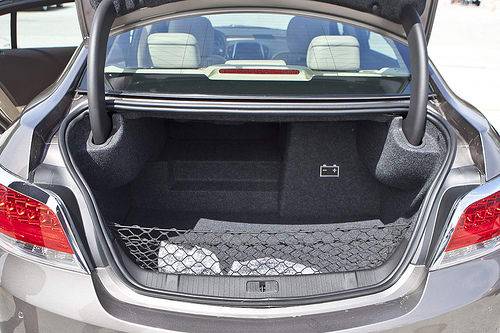
The only shortcoming I noticed was what the battery pack does to the trunk space: The volume is cut down to 10.9 cubic feet from 13.3 cubic feet, which isn’t terrible, but the main disappointment is that the pass-through is relatively small when the backseat is folded. The gas-only 2011 car has full folding rear seats, and even the first-generation BAS sedans like the Malibu Hybrid had a trunk-wide opening to the cabin, even though the battery pack compromised the height.
The eAssist drivetrain will also appear in the Buick Regal and, certainly, more GM brands. Compared with a full hybrid, this approach is relatively inexpensive to manufacture. At 0.5 kilowatt-hours, the battery pack probably costs a few hundred dollars rather than thousands, and the price should drop over time. I wouldn’t be surprised if eAssist and similar designs become standard equipment across the market someday as automakers chase higher mileage.

Former Executive Editor Joe Wiesenfelder, a Cars.com launch veteran, led the car evaluation effort. He owns a 1984 Mercedes 300D and a 2002 Mazda Miata SE.
Featured stories
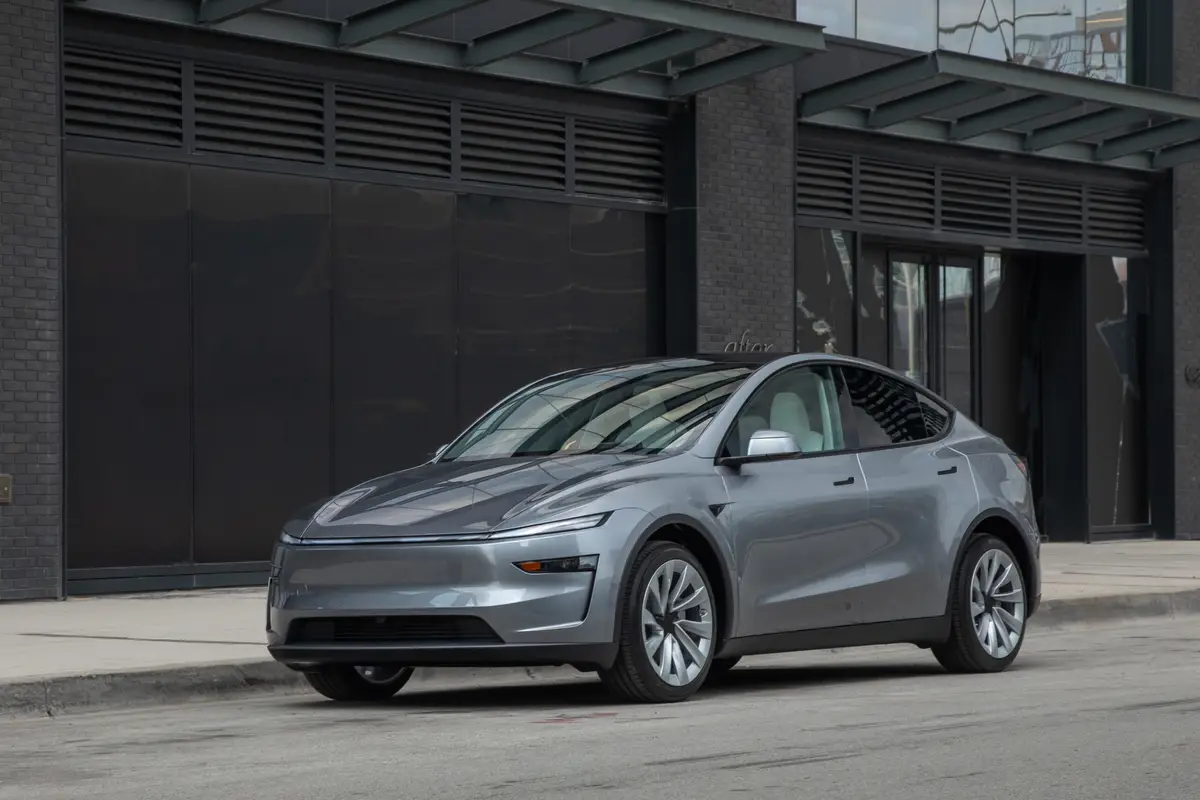
Should Tesla Model Y Owners Get the New 2026?

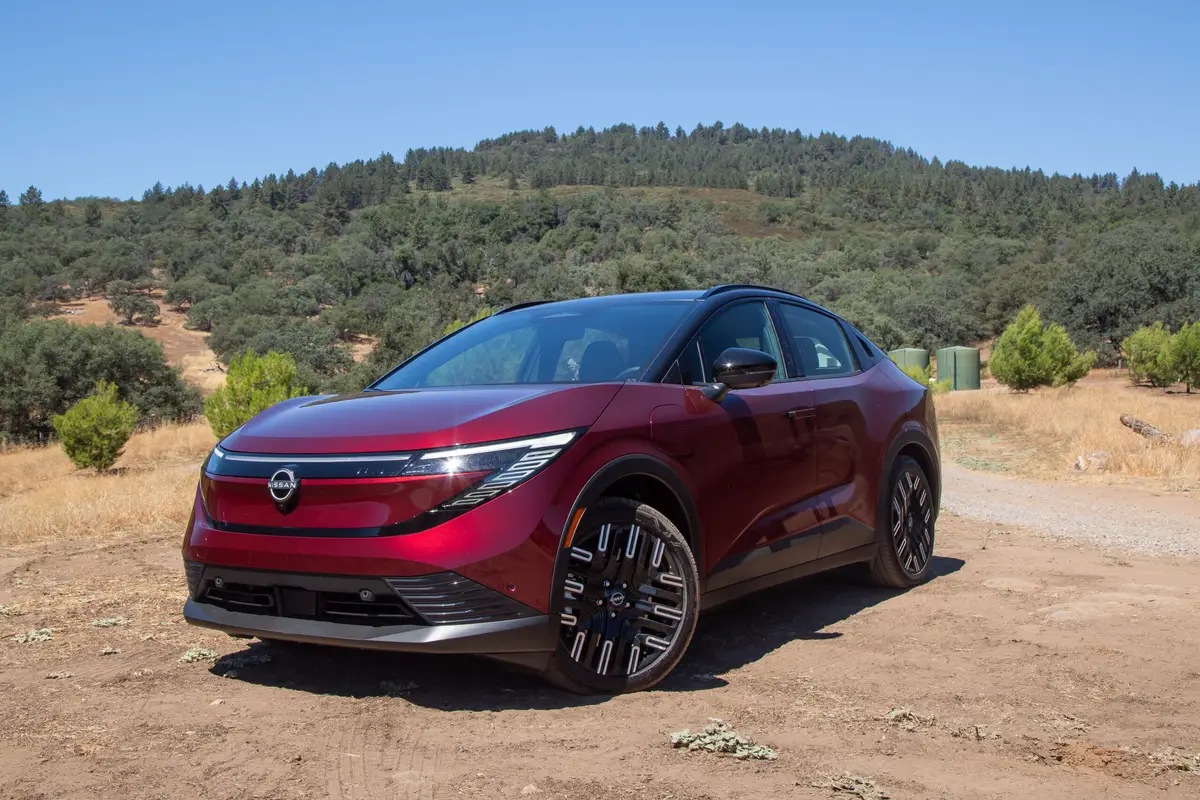
2026 Nissan Leaf Review: Value Victory


